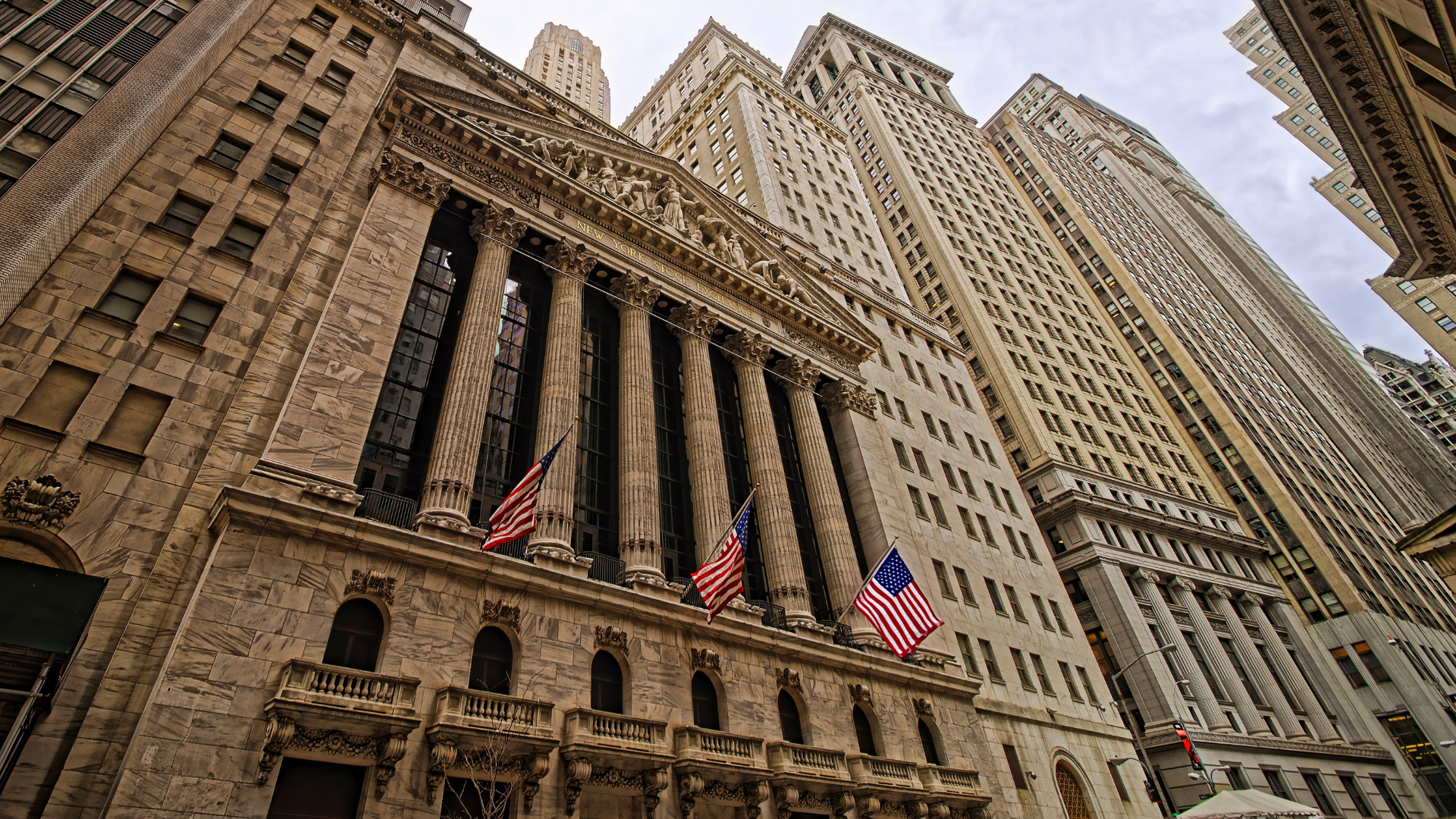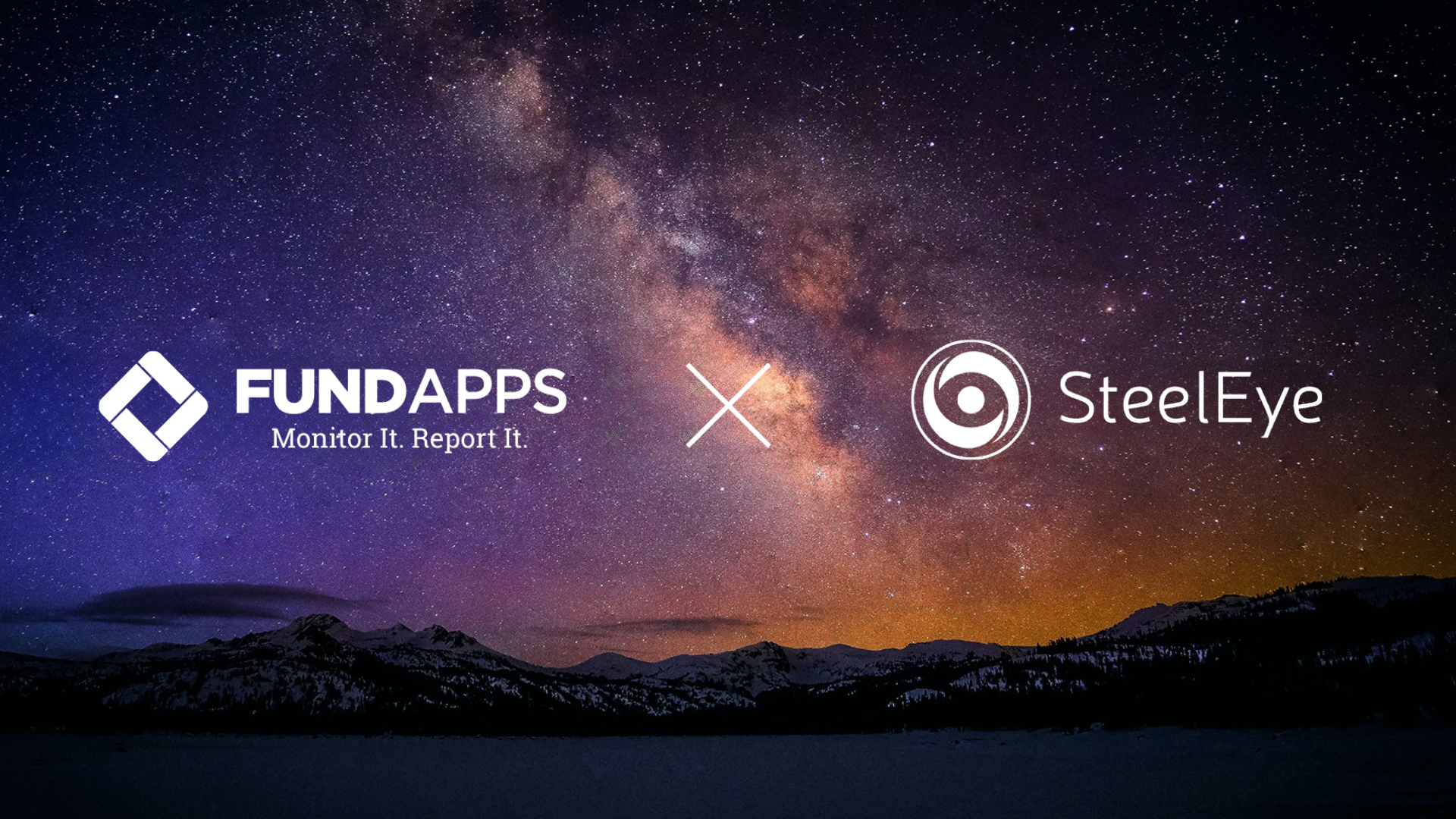 With a growing range of financial instruments being offered, trading is becoming more and more complex, increasing the volume of transactions that need to be monitored by financial services firms under regulations like MiFID II, MAR and Dodd-Frank.
With a growing range of financial instruments being offered, trading is becoming more and more complex, increasing the volume of transactions that need to be monitored by financial services firms under regulations like MiFID II, MAR and Dodd-Frank.
At a time when regulators globally are becoming increasingly demanding on compliance, this is making it more and more complicated for firms to ensure they are identifying all market abuse risks.
The ongoing Covid-19 pandemic has added further complexity. Due to remote working, the ability to capture data from a multitude of locations and sources has become more important than ever. At the same time, the changes in working conditions are raising concerns about firms’ ability to tackle the new market abuse challenges. Trade surveillance programmes need to be agile enough to keep up.
As a result, many firms that still rely on legacy technology require a fresh approach to trade surveillance to enhance their oversight, control and reporting.
To help firms on this journey, this two-part blog series looks at frequently asked questions around trade surveillance. In the first part, we look at what trade surveillance is, the regulations which impose it, and what regulators expect.
Part 1: A background to trade surveillance requirements
What is trade surveillance?
Trade Surveillance or market abuse surveillance involves capturing trade data, and then monitoring and analysing it to detect potential market abuse and other forms of financial crime, such as rogue trading. While legal definitions of market abuse can vary by country, in the UK it includes insider dealing, unlawful disclosure, market manipulation and attempted manipulation.
Trade data is often analysed in conjunction with voice and electronic communications data. If suspicious patterns are detected, compliance needs to perform an investigation to determine what further action, if any, is required. Firms also need to store all data, so they can access it for future investigations, or at the request of the regulator. Under regulations such as MiFID II, data needs to be stored for a minimum of 5 years and in some cases up to 7 years.
What regulations require trade surveillance?
Most jurisdictions around the globe have their own set of specific trade surveillance requirements that must be adhered to. Some of the most prominent rules include:
-
The EU Markets in Financial Instruments Directive II (MIFID II)
According to Article 16(6) of the regulation, firms need to capture and store trade and communications data that could relate to a transaction, even if the transaction did not take place. Records are required for all conversations involving a firm’s representatives when trading, or intending to trade. Where orders are communicated by clients through other channels than by telephone, such communications should be made in a durable medium such as mails, faxes, emails, and documentation of client orders made at meetings. Under MiFID II, the regulator can ask its authorised firms to reconstruct the scenario around a trade or order at any point. This requires firms to be able to readily reproduce any relating records alongside all the transaction details.
Trade Reconstruction: A growing pain point >
-
The EU Market Abuse Regulation (MAR) – Again, firms are required to capture, monitor, and store trade data that could relate to a transaction, it does not matter if transaction occurred or not. Under MAR, firms are required to actively monitor and analyse their trade and communications data (can be in isolation) to detect market abuse, potential or otherwise. Where a potential instance of market abuse has been identified, this needs to be reported to the regulator. In the UK this happens via a STOR report, which needs to be filed even if it is determined that market abuse did not take place.
-
EU Benchmark Regulation – Firms that contribute data to benchmarks need to provide surveillance to detect suspicious trade inputs.
-
US Dodd-Frank Act – This substantial package of rules requires firms to capture, monitor and store trade data, as well as communications data, so that market abuse can be detected.
Firms can expect market abuse regulations, and their trade surveillance requirements, to continue to evolve as trading data, technology, the market, and financial crime changes. For example, Covid-19 had a significant impact because of the sudden need to capture data from employees working from remote locations. Now, regulators are expecting firms to be able to provide trade surveillance in these situations – something unimaginable even just 24 months ago.
Business Continuity and Covid-19 – How holistic surveillance can help >
 SteelEye Trade Surveillance
SteelEye Trade Surveillance
Enhanced Market Abuse Monitoring and Detection for Financial Services
Download Service Overview
What are the regulators’ expectations around trade surveillance?
The current set of trade surveillance rules have been in place for a few years now, so many regulators are focusing in on the compliance and enforcement. Recent areas of regulatory interest include:
-
Monitoring trade data from remote working – As a result of the Covid-19 pandemic, firms now need to be able to capture and analyse trade data and communications no matter what the physical location of their regulated employees is.
Market abuse challenges putting compliance teams under pressure >
-
Delivering accurate transaction data – Firms are expected to submit accurate transaction data to regulators under the MiFID II regulatory transaction reporting requirements, because regulators themselves use this data for surveying the market for financial crime and market abuse.
Why your firm should rethink its regulatory reporting strategy >
-
Monitoring flexibly – Regulators recognise that market abuse rapidly shape-shifts as criminals try and avoid detection. So, they want firms to be able to perform trade surveillance flexibly, to detect and respond to new risks and threats.
Essentially, regulators are expecting a firm’s approach to trade surveillance and technology to keep up with advances in other areas of the financial services industry.
Conclusion
-1.png?width=238&name=Sam%20Taylor,%20Surveillance%20Specialist,%20SteelEye%20(square)-1.png) Regulatory requirements for trade surveillance are becoming more demanding, to ensure that ever-evolving market abuse tactics are both detected and prevented. For firms, this means that taking a holistic approach to trade surveillance is more important than ever. Firms need to play their part in preventing market abuse, as well as ensure they are fully compliant with regulatory trade surveillance requirements.
Regulatory requirements for trade surveillance are becoming more demanding, to ensure that ever-evolving market abuse tactics are both detected and prevented. For firms, this means that taking a holistic approach to trade surveillance is more important than ever. Firms need to play their part in preventing market abuse, as well as ensure they are fully compliant with regulatory trade surveillance requirements.
Sam Taylor
Pre-Sales Specialist
SteelEye

Trade Surveillance requirements PART 2: challenges & Best practices
Simplify your compliance and generate value from your data with SteelEye.
Our data-centric SaaS platform consolidates all your data, both structured and unstructured, under a single lens and facilitates effortless compliance with MiFID II, MAR, EMIR, Dodd-Frank and more.
Book a Demo
Our mission is to make it easy for financial firms to accurately comply with financial regulations and to give them wide-reaching value from their data that goes way beyond compliance.
We do this by making data that otherwise wouldn’t work together, work - enabling firms to manage a range of regulatory obligations on a single platform and fully leverage their data. Our solutions include record keeping, trade reconstruction, EMIR and MiFIR reporting, trade and communications surveillance, best execution, and advanced analytics.

.png)
 With a growing range of financial instruments being offered, trading is becoming more and more complex, increasing the volume of transactions that need to be monitored by financial services firms under regulations like
With a growing range of financial instruments being offered, trading is becoming more and more complex, increasing the volume of transactions that need to be monitored by financial services firms under regulations like 
-1.png?width=238&name=Sam%20Taylor,%20Surveillance%20Specialist,%20SteelEye%20(square)-1.png) Regulatory requirements for trade surveillance are becoming more demanding, to ensure that ever-evolving market abuse tactics are both detected and prevented.
Regulatory requirements for trade surveillance are becoming more demanding, to ensure that ever-evolving market abuse tactics are both detected and prevented.







